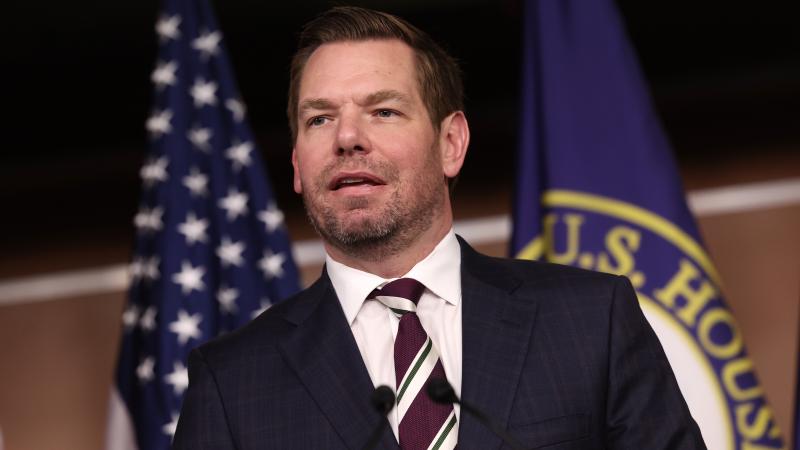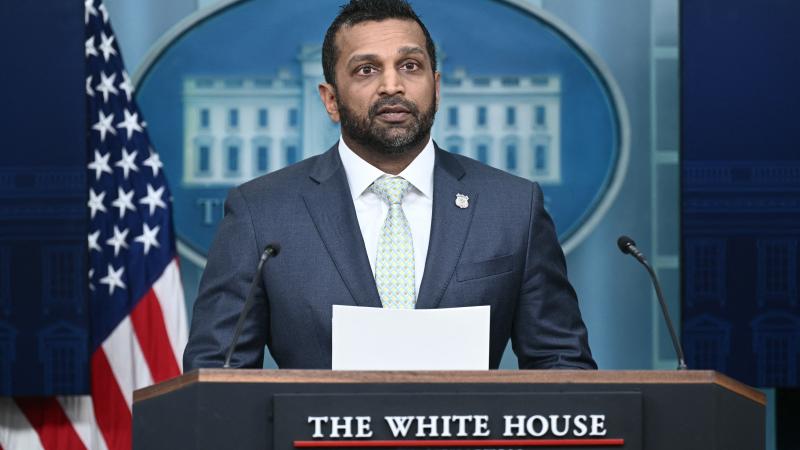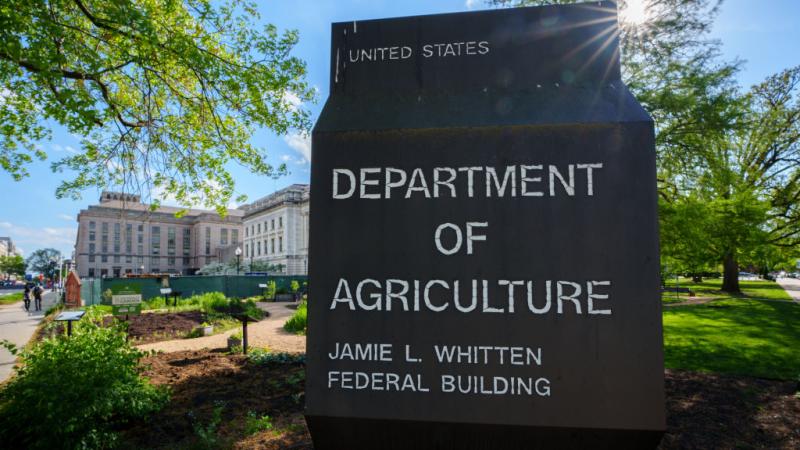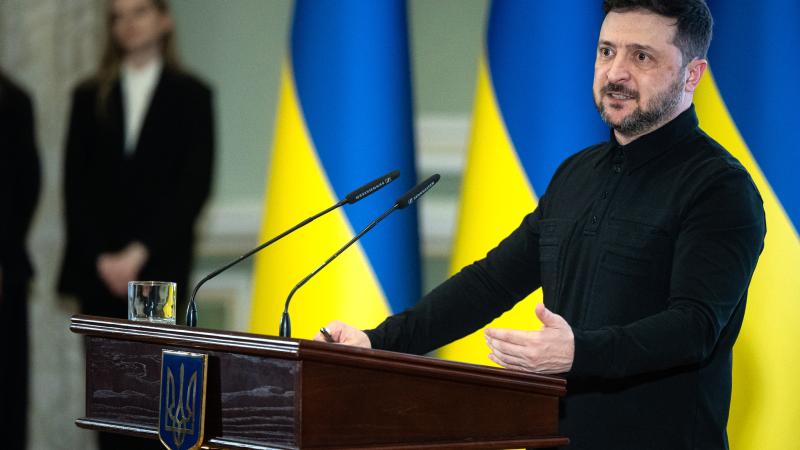Milwaukee's sky-high voter turnout raises questions, prompts lawsuit seeking explanation
City had many wards with 90% turnout on Tuesday; nationwide the rate has averaged 55%.
More than 90 of the 400-plus voting wards in Milwaukee County, a key Wisconsin battleground where Joe Biden beat President Trump on Tuesday, recorded voter turnout of over 90% of registered voters this year, a remarkable outcome in a nation where 68% turnout this election will set a 120-year record.
Astronomical voting rates are often red flags for U.S. voter fraud watchdogs, who see highly elevated local turnout as a possible sign of election malfeasance. But Milwaukee itself is an unusual voting machine, at least for the last two presidential elections. There were many 80%-plus voter turnout wards in 2016 as well, with some over 90% that year too. And no one questioned it then.
Now a lawsuit filed Thursday by the Amistad Project is poised to explore whether the extraordinary turnout figures can be explained merely by civic-minded residents or by a political machine that should warrant suspicion.
Ward-by-ward voting data from this year's election shows that numerous Milwaukee County voting precincts registered close to 100% voter turnout: Many saw 95% voter engagement, while more saw registered voters turn out at 90% or more. One ward saw 98% of voters cast a ballot.
Those numbers are not without some precedent. Turnout for many of those wards in 2016 hovered around the 85%-89% range. Many broke 90%, though nowhere near as many as did this year.
In either case, those rates for both elections, when compared to the average turnout of the U.S. populace, are astronomical: The nationwide voting rate since 2000 has ranged from 50% to about 60%. Where around five out of ten U.S. citizens vote nationwide, many areas of Milwaukee County see almost double that number.
Kathleen Dolan, a professor of political science at the University of Wisconsin-Milwaukee, cautions that those rates are not very surprising.
"There are some villages in the Milwaukee County area where turnout is usually above 80%," she said. "Whitefish Bay and Shorewood are good examples. If statewide turnout is around 70-plus%, these villages will be much higher."
"This year's turnout was really high in some places like this," she continued. "But these are high-education, high-earner areas near a major urban market, so they are primed for high turnout in an election like this one."
The city itself has been solidly Democratic for six decades. Its last non-Democratic mayor, an avowed socialist, left office in 1960. The city, of course, is forever at the center of the quadrennial presidential effort to win Wisconsin's electoral votes, though Milwaukee's own status as a blue island is essentially never in doubt. Strong voter turnout within the city and its suburbs contributes heavily to Democratic victories in the state.
"We know that there's an issue in the city," Republican Party of Wisconsin Executive Director Mark Jefferson told Just the News.
Jefferson said the local GOP recently set up operations roughly in the center of the city in an effort to reach a broader range of constituents.
"The idea was to talk to groups and coalitions that we really haven't interacted with as a party, and develop new conversations," he said. But "we've run into a few things," he said.
"It's been very difficult for people who think differently in Milwaukee," he added. "It seems when people go against the party line, there are repercussions."
This year, the city was among the recipients of millions of dollars in funding from the Center for Tech and Civic Life; that funding was meant to bolster the city's get-out-the-vote operations, with Milwaukee receiving nearly $1 million to "dramatically expand" voter outreach, "encourage ... absentee voting," and recruit poll workers throughout the city.
The CTCL announced earlier this year that it had received a quarter of a billion dollars from Mark Zuckerberg and his wife Priscilla Chan, money that was intended to go to "local election jurisdictions across the country" in an effort to shore up local voting systems.
















